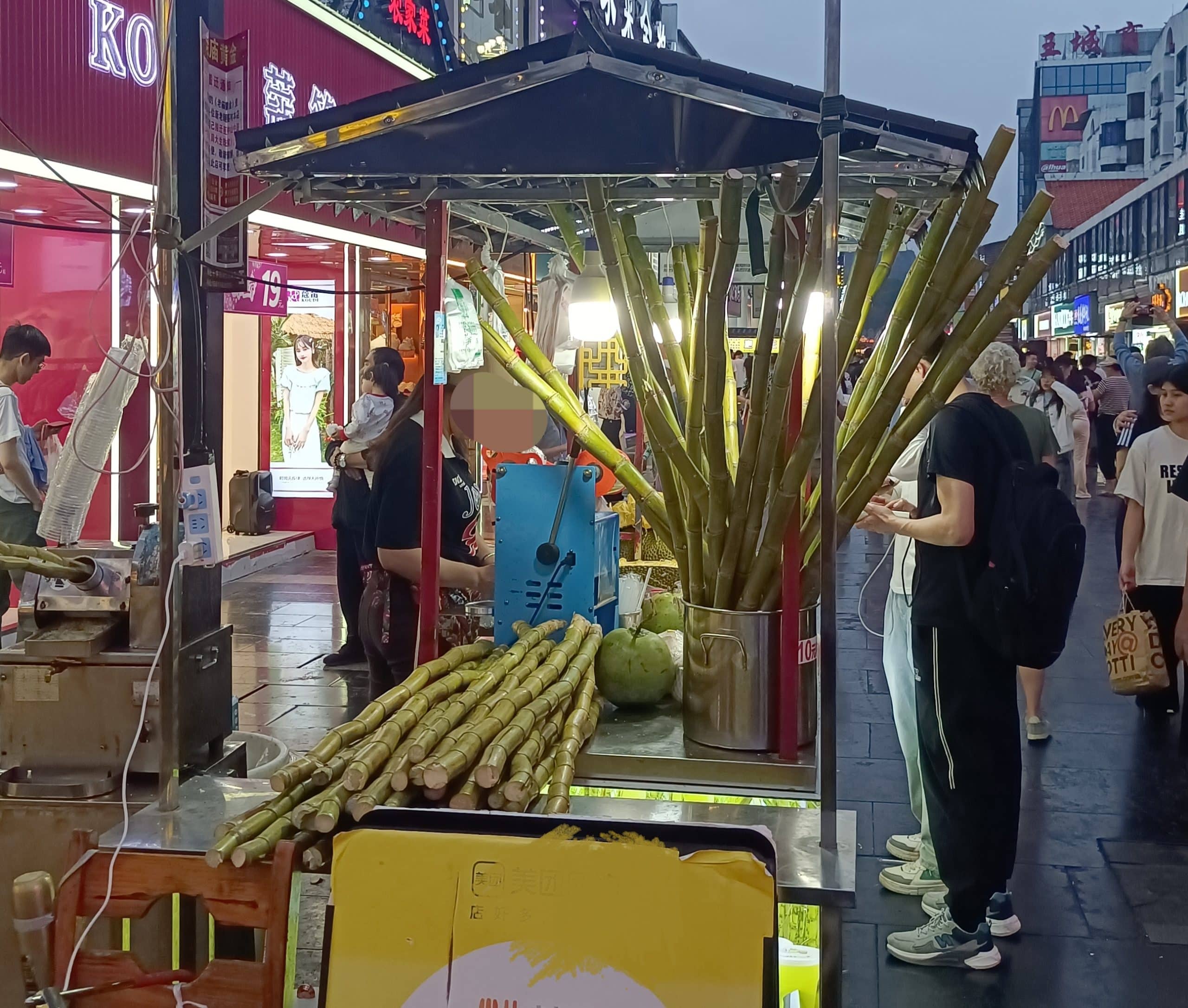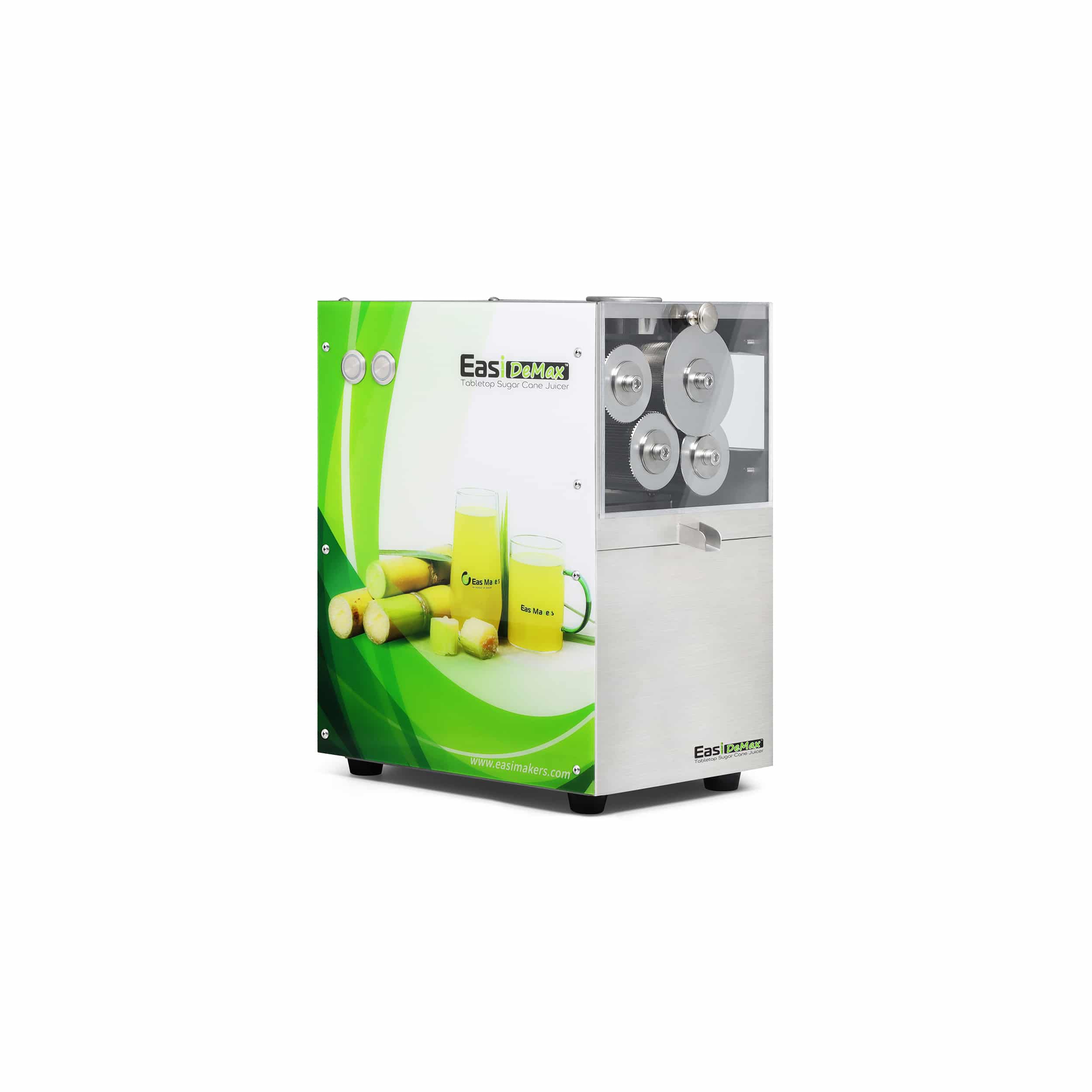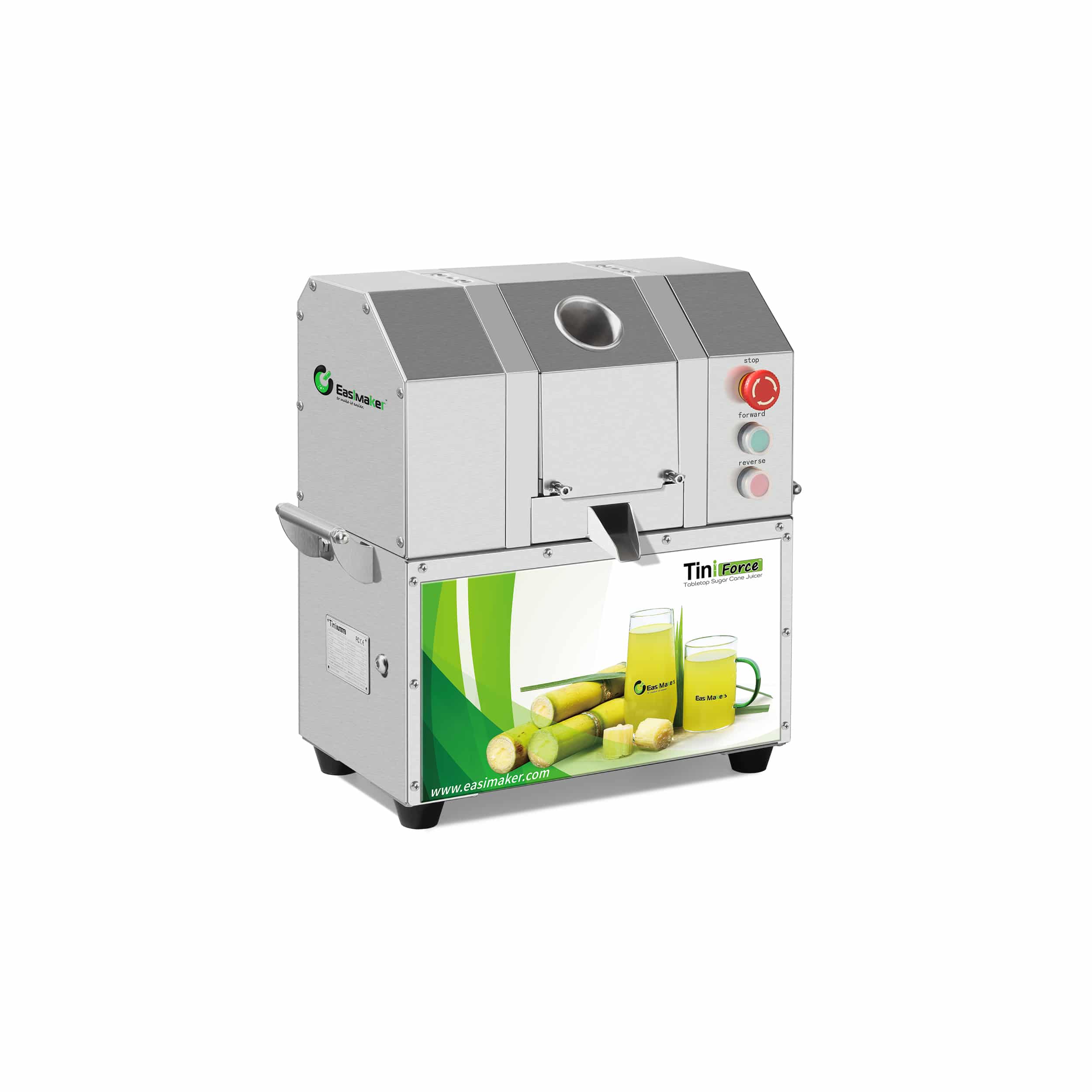Commercial Sugar Cane Juice Machine — The Practical Guide for Buyers and Businesses
If you run a juice bar, café, food court kiosk or event stall, a commercial sugar cane juice machine can be one of the best investments you make. These machines deliver high yield, fast output and a visually appealing product that customers love. This guide walks you through what a commercial sugarcane juicer is, why businesses buy them, how to choose the right model, maintenance tips and how to estimate return on investment.
What is a commercial sugar cane juice machine?
A commercial sugar cane juice machine (also called a commercial sugarcane juicer or industrial cane extractor) is a heavy-duty device designed to extract juice from sugarcane quickly and efficiently. Unlike small home models, commercial units are built for continuous operation — stronger motors, multiple rollers (2–6), robust stainless-steel construction and safety features suited for public use.
Why businesses choose commercial sugar cane machines
-
High juice yield and efficiency — commercial machines squeeze more juice per kilogram of cane, reducing raw material cost per cup.
-
Fast throughput — designed to handle dozens to hundreds of kilograms per hour depending on the model.
-
Hygiene and presentation — food-grade materials (304 stainless steel), removable parts, and visual features (transparent windows) make machines both sanitary and attractive.
-
Low labor per cup — once set up, one operator can run high volume with minimal manual effort.
-
Versatile business models — ideal for juice bars, street vendors, supermarkets, malls, and events.
Key specifications to check before you buy
Motor power and torque
Motor wattage (e.g., 400W, 750W) matters — but torque and continuous duty rating are more important. Choose a motor that can handle your expected daily workload without overheating.
Roller count and geometry
-
2-roller — simpler, suitable for low to medium volume.
-
3-roller / 4-roller — better extraction and drier pulp; ideal for higher yield.
-
6-roller industrial — for heavy continuous production.
Roller material should be food-grade stainless steel and the design should allow easy removal for cleaning.
Throughput (kg/h)
Match the machine’s kg/hour rating to your expected daily volume, with 20–30% headroom. For example, a small kiosk may need 50–150 kg/day; a busy mall kiosk could need several hundred kg/day.
Build material and hygiene
Full stainless steel body, sloped juice trays, and sealed electrical enclosures reduce contamination risk and simplify cleaning.
Safety features
Overload protection, emergency stop, safety covers and interlocks prevent accidents and are often required by commercial operators.
Size and portability
Consider footprint and weight. Some commercial machines come with wheels for mobility, others are stationary industrial units.
How to choose the right model for your business
-
Estimate daily throughput (kg/day) and choose a machine slightly above that capacity.
-
Decide on roller count based on yield needs: 4 rollers for high yield and better drier pulp.
-
Check local power & voltage compatibility (110V/220V, single/three phase).
-
Ask about spare parts & service availability in your region — downtime costs money.
-
Request a demo or sample run to check real output and pulp dryness.
-
Compare TCO (total cost of ownership) not just purchase price — include spare parts, electricity, and likely maintenance.
Installation and daily operation tips
-
Place the machine on a level, stable surface and ensure proper ventilation for the motor.
-
Use fresh, hydrated cane for best yield. Avoid old/dry cane.
-
Train staff on safe feeding techniques — use recommended pushers and never insert hands into rollers.
-
Keep a simple log: daily kg of cane processed, any faults or part replacements — it helps track performance and plan maintenance.
Cleaning and maintenance (keep it running longer)
Daily tasks
-
Remove and rinse juice contact parts (rollers, trays, hopper) after each shift.
-
Wipe down exterior surfaces and check for residual cane fiber.
-
Check and tighten loose fasteners.
Weekly / Monthly tasks
-
Inspect roller surfaces for wear; replace when grooves deepen or performance drops.
-
Lubricate non-food moving parts per manufacturer’s guidance.
-
Check motor brushes (if applicable) and electrical connections.
Troubleshooting quick checklist
-
Low output — check roller gap, cane quality, and roller wear.
-
Excessive noise — inspect bearings and foreign objects.
-
Motor tripping — check power supply, overloaded operation, or blocked rollers.
Estimating return on investment (ROI)
A simple ROI model:
-
Estimate daily cups sold × price per cup = daily revenue.
-
Subtract raw cane cost, labor, utilities, rent, and parts amortization = daily profit.
-
Divide machine cost by daily profit to estimate payback days.
Example: If a machine costs $2,000, daily profit is $20, payback = 100 days (roughly 3–4 months). Adjust for seasonality, maintenance, and marketing.
Common buying mistakes and how to avoid them
-
Buying undersized machines for anticipated growth — build in headroom.
-
Choosing a cheapest model without warranty or local spare parts.
-
Ignoring hygiene features — downtime for deep cleaning costs customers.
-
Not testing yield — always ask for demo or sample footage.
Add-ons and value boosts for your business
-
Juice vending / kiosk integration — combine with POS and menu engineering for upsell.
-
Demo videos — show customers fresh-made cane juice to boost conversion.
-
Bundle parts pack — stock common wear parts (seals, rollers) to reduce downtime.
-
Training & branding — staff training ensures consistent taste and safe operation; branded machines increase perceived value.
Why EasiMaker style machines are popular with juice bars
(Example use case)
-
Balanced motor power with 4-roller design provides good yield without excessive energy use.
-
Removable rollers and transparent window enhance hygiene and customer trust.
-
Compact footprint fits modern kiosks and small commercial counters.
If you want a device like that, check product pages such as the EasiDeMax S4 for a benchmark on features and design: https://www.easimaker.com/sugarcane-juice-machine-easidemax-s4/.





